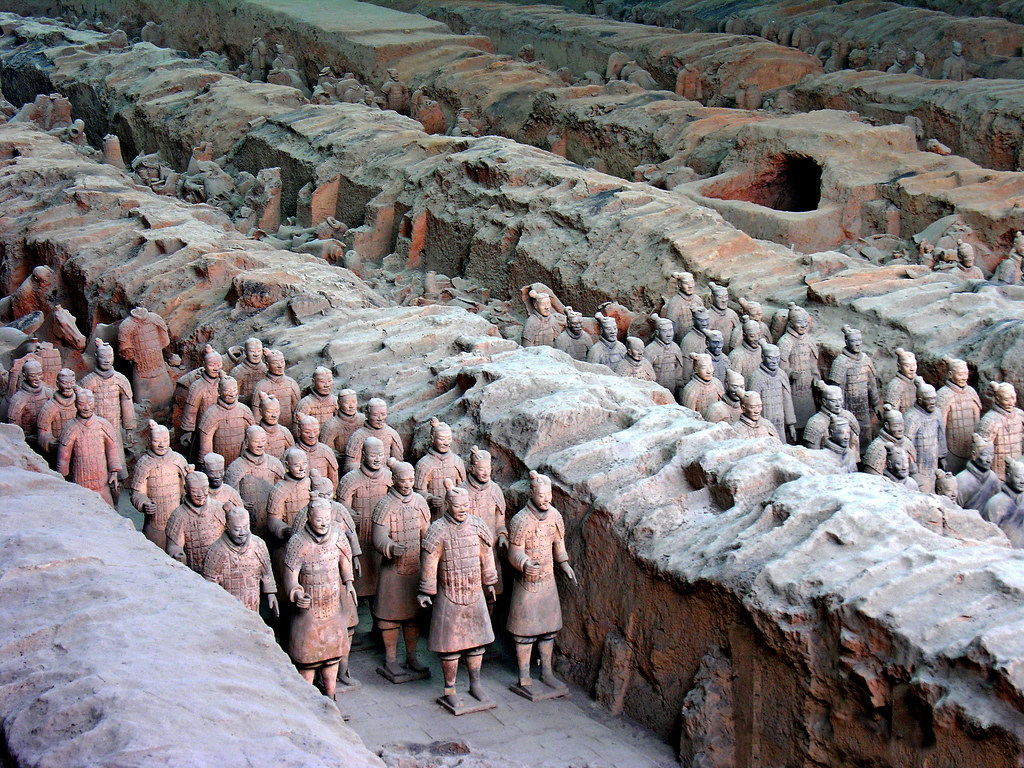
Understanding the different types of clay is crucial for both novice and professional potters, sculptors, and artisans. Each type of clay offers unique properties and qualities that influence how it is worked with and its final appearance. Ceramic clays are generally categorized by the temperature at which they are fired, plasticity, and color. Familiarizing oneself with these distinctions helps in selecting the right clay for specific projects, whether for functional items, decorative pieces, or sculptures.
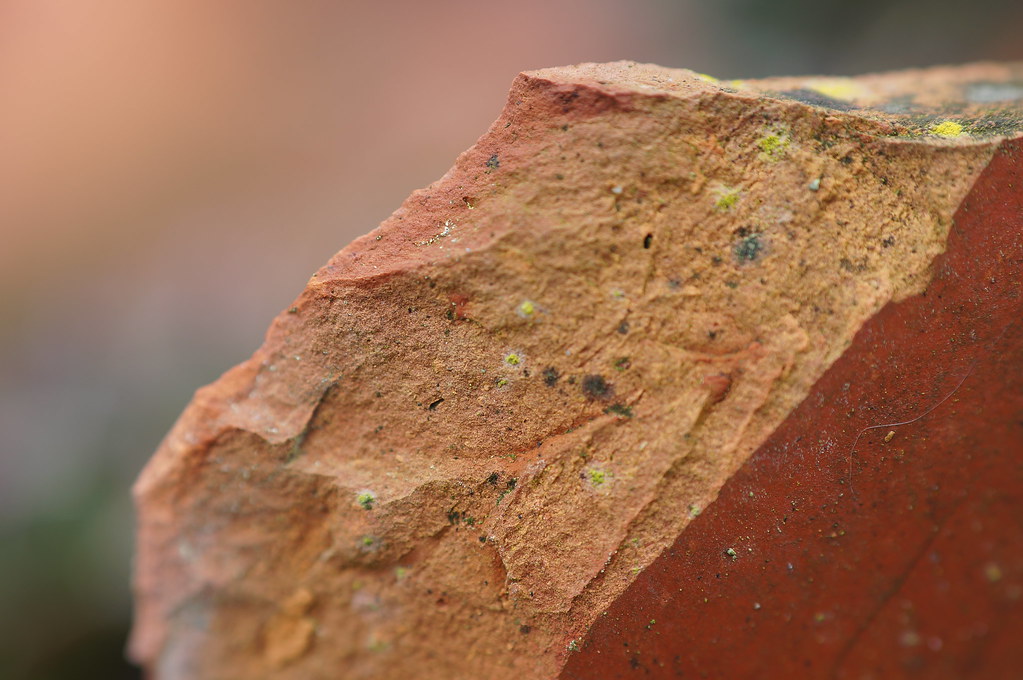
| Type of Clay | Firing Temperature | Common Uses |
|---|---|---|
| Earthenware | Low | Pots, Plant Holders |
| Stoneware | Mid to High | Tableware, Vases |
| Porcelain | High | Fine Art, Tiles |
Earthenware, with its vibrant colors and rich history, is often the go-to material for those starting their pottery journey. Its low firing temperature makes it not only more accessible but also less daunting for beginners. This type of clay is characterized by its porous nature unless glazed, perfect for creating warm, rustic pieces like plant holders or decorative pots that radiate Earth’s natural beauty. For beginners interested in diving deeper into this area, exploring Greenware Ceramics can provide an extensive guide to starting with ceramics. However, its porosity means it’s not ideal for items that need to hold water unless properly sealed.
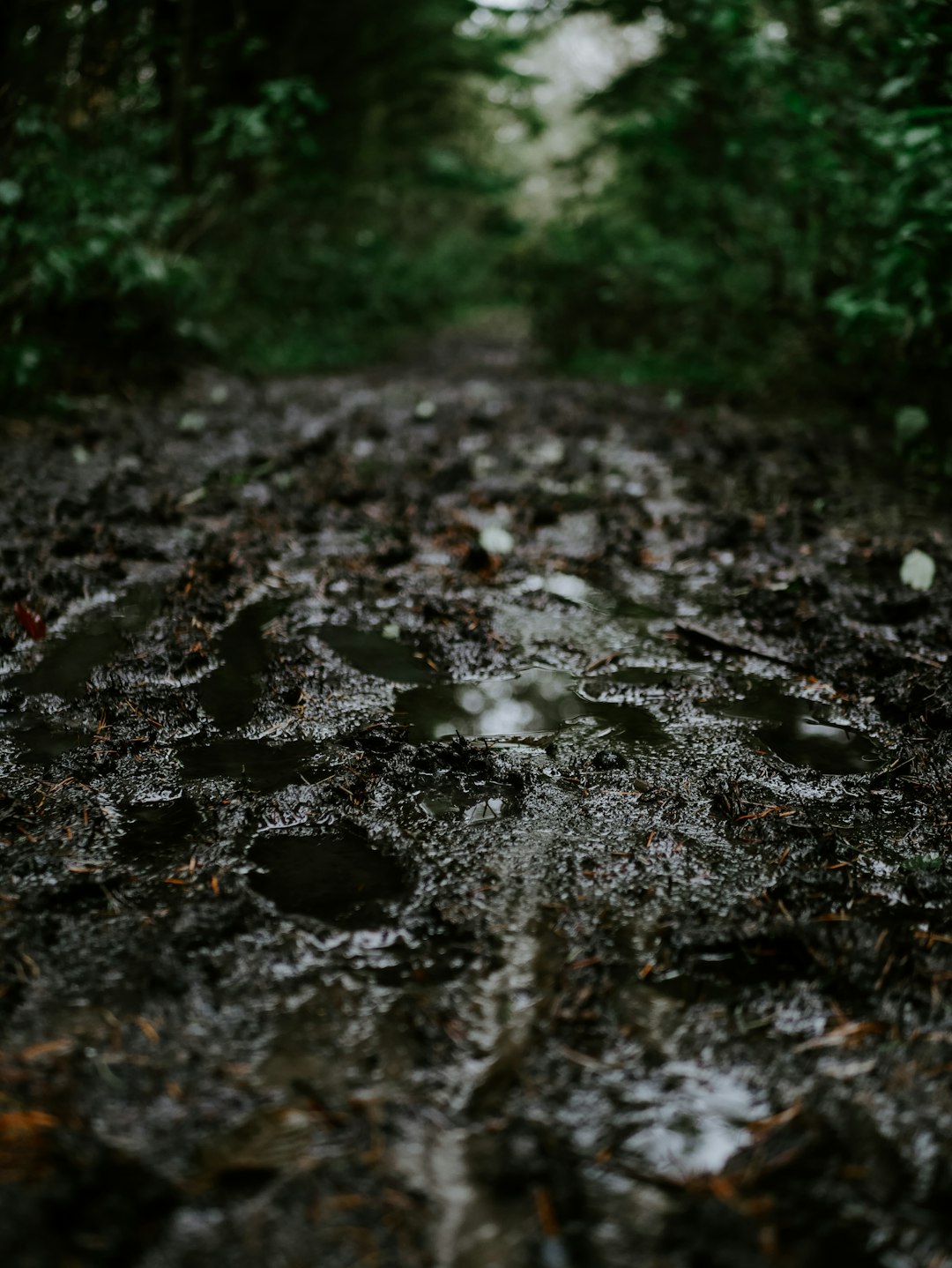
Stoneware stands out for its robustness and versatility. Mid to high firing temperatures transform this clay into a durable, non-porous canvas, perfect for crafting everyday household items. Think of the bowls, mugs, and vases you may have at home that withstand knocks and dishwashers alike—they’re likely made from this hardworking clay. Its dense quality, often more forgiving and reliable, makes it a favorite among potters keen on creating functional, everyday art.
![African Mahogany-Terracotta [Wine tasting area]](https://www.jjclaystudio.com/wp-content/uploads/2025/04/5621505925_acc68ecab8.jpg)
Porcelain is the diva of clays, renowned for its delicate beauty and challenging nature. Firing at high temperatures, porcelain achieves a glass-like finish that’s exquisite and unmatched in its smoothness and translucency. Although it requires an expert hand and a patient heart, the payoff is grand—a testament to human craftsmanship in timeless tiles and fine art. Porcelain’s purity and elegance demand respect and skill, making it the ultimate test for those seeking to create pieces that whisper sophistication.
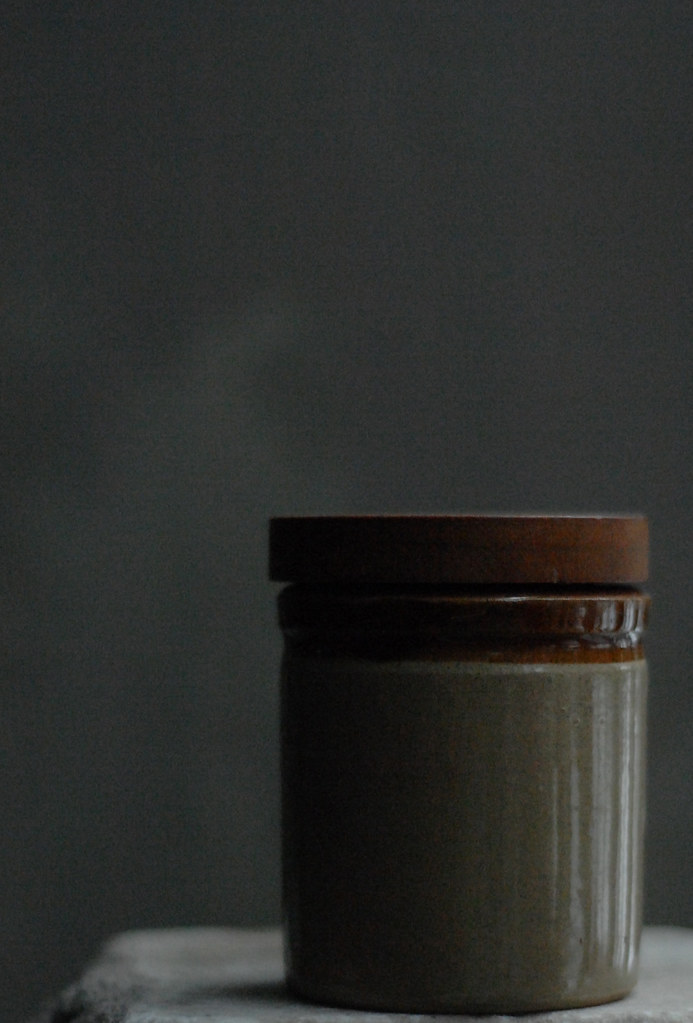
Each clay type tells a different story, offering unique opportunities and challenges. Whether you’re drawn to the earthy essence of earthenware, the sturdy charm of stoneware, or the graceful allure of porcelain, these materials invite you to shape your creativity. What clay story will you tell next with your hands? Share your creations and experiences in the comments below! For more inspiration and knowledge, check out our recent articles and content.
Molding Clay Tools Modeling Clay Kit
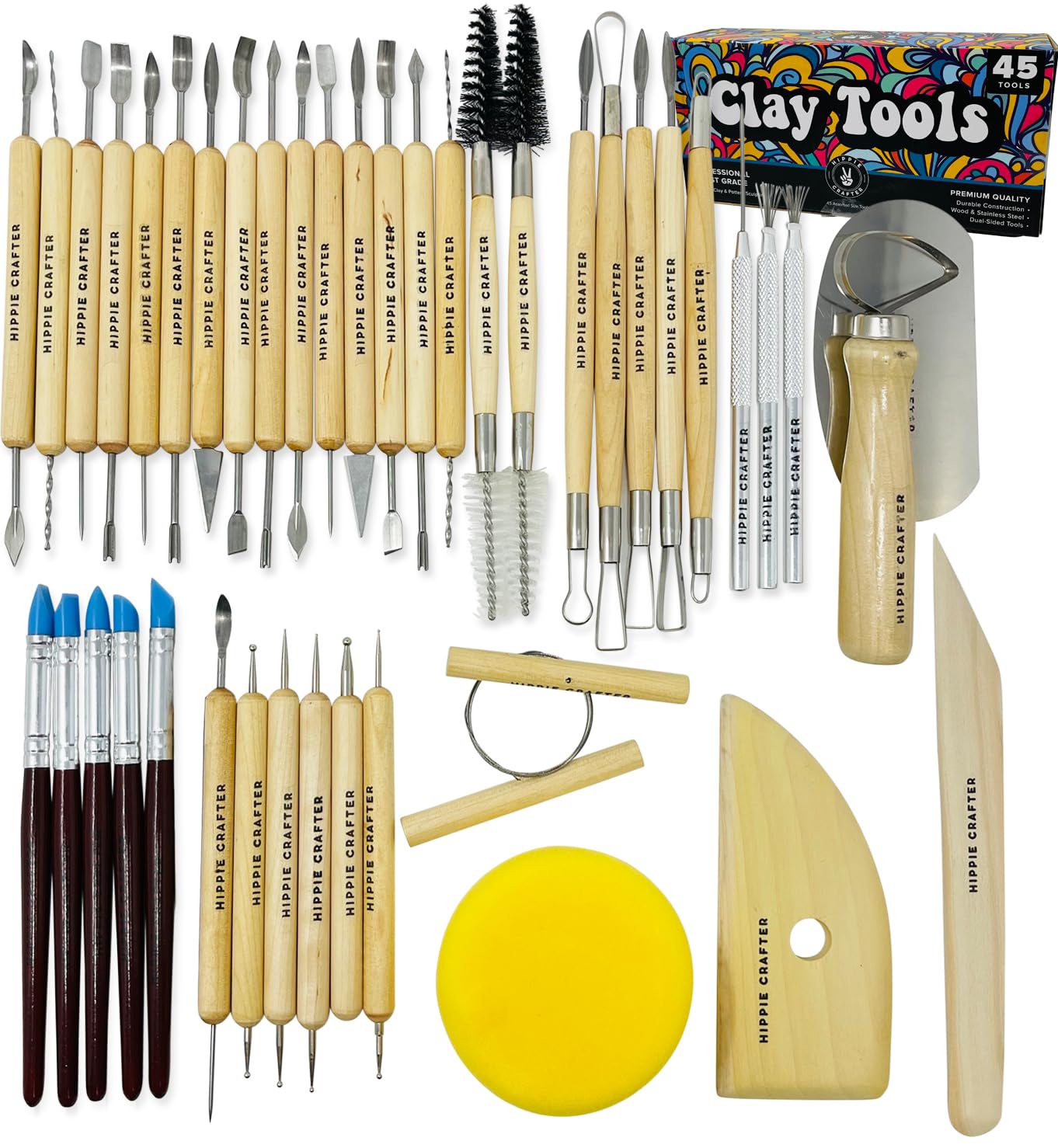
Discover the vibrant creativity potential with ifergoo Modeling Clay. This set features 24 colors of air-dry clay, perfect for DIY crafting projects. Designed for both boys and girls, the kit comes with all necessary tools and manuals to guide young artists in bringing their imaginative creations to life. Ideal for arts and crafts activities, this clay set is a fun and educational way to learn sculpting and develop artistic skills.
ifergoo Modeling Clay Colors Munuals
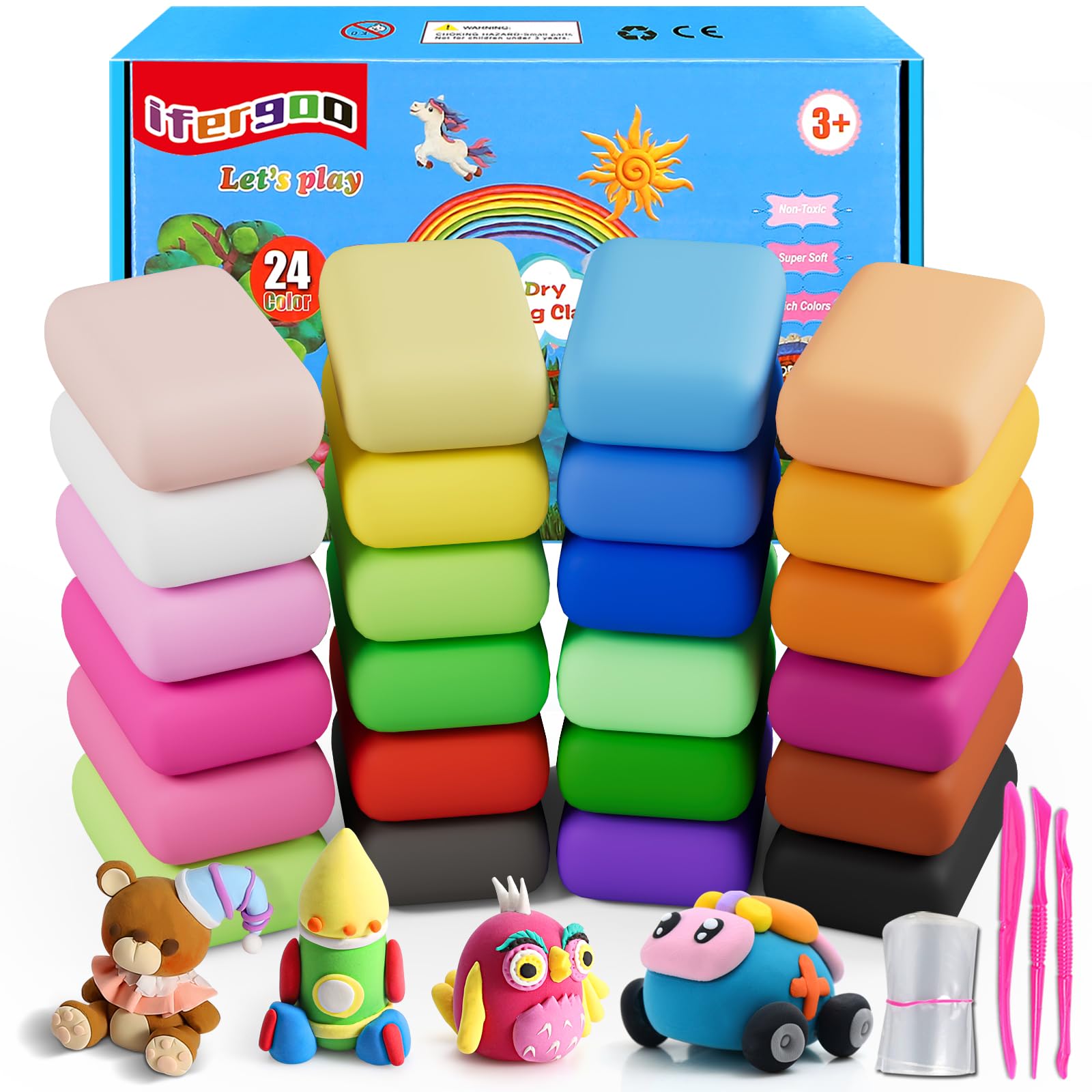
Get creative with the colorful ifergoo Modeling Clay set, featuring 24 vibrant hues of air-dry clay perfect for DIY magic crafts. Ideal for both boys and girls, this set includes essential tools and manuals to inspire young artists in the world of arts and crafts. Unleash their imagination and watch them create masterpieces with this versatile and fun clay kit, designed for hours of creative fun and exploration.
Explore Different Types of Clay
To further understand the various types of clay and their respective advantages and disadvantages, check out Christal Motter’s video where she delves into ceramic, plastalina, and polymer clays.
Understanding the different types of clay is just the beginning of your creative journey. Whether you’re molding delicate pottery or sculpting intricate designs, choosing the right clay can make all the difference in bringing your artistic visions to life. Embrace the unique qualities each clay type offers and let your projects shine with their distinct characteristics.
Stay Connected
I’d love to see what you create! Follow us on Instagram for more tips, inspiration, and behind-the-scenes looks at our latest clay projects. Let’s continue exploring the wonderful world of clay together and keep the creative conversations flowing!
Leave a Reply
Venture into a world where clay and creativity converge at JJClayStudio.com – where every piece tells a story. Unearth your next treasure and become part of the narrative that turns everyday moments into artful experiences.
